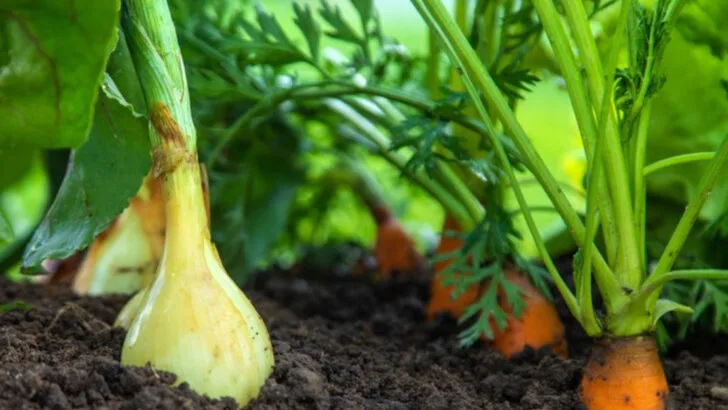Companion planting has been a buzzword in gardening circles for years, promising magical pairings that deter pests, boost growth, and make your garden more productive. But not all the advice floating around is based on science—or even real results. Some popular combinations sound great but do very little, or worse, actually hinder plant health.
In this article, we’re breaking down 8 common myths about companion planting that many gardeners still believe. From the overhyped tomato-basil duo to the idea that marigolds protect everything, we’ll separate the old wives’ tales from tested techniques that really work in the soil.
We’ll also give you 9 proven pairings that are backed by research or serious anecdotal success—from combinations that improve flavor to ones that naturally repel pests. Whether you’re growing veggies, herbs, or flowers, these plant partnerships will help your garden thrive—with less trial and error.
Myth: Marigolds Repel All Pests
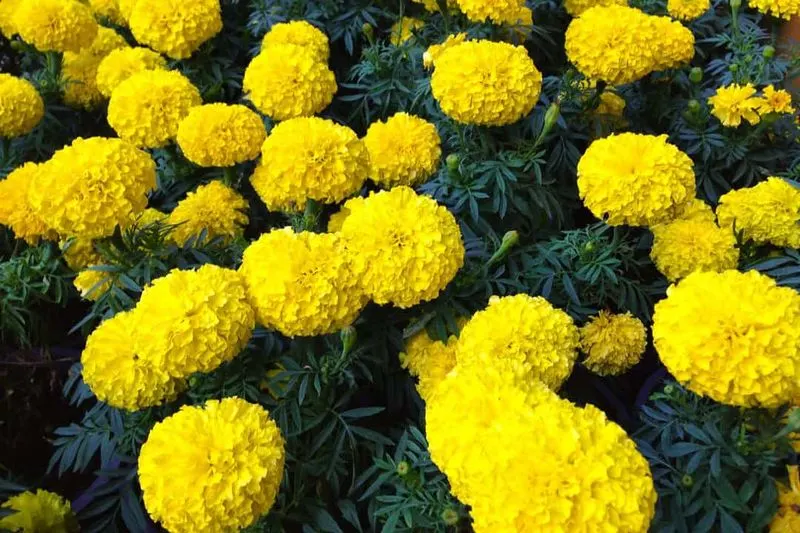
Marigolds are often lauded for their pest-repelling capabilities. However, believing they repel all pests is misguided. While they deter nematodes in the soil, marigolds do not ward off every bug. In fact, some insects, like spider mites, can be attracted to them.
Myth: Garlic Repels Vampires and Pests

Garlic, famous in folklore for repelling vampires, is also believed to drive away all pests. While it can deter some insects due to its strong smell, it isn’t a universal repellent. Understanding its limits helps in planning effective gardening strategies.
Myth: Three Sisters Planting is Universal
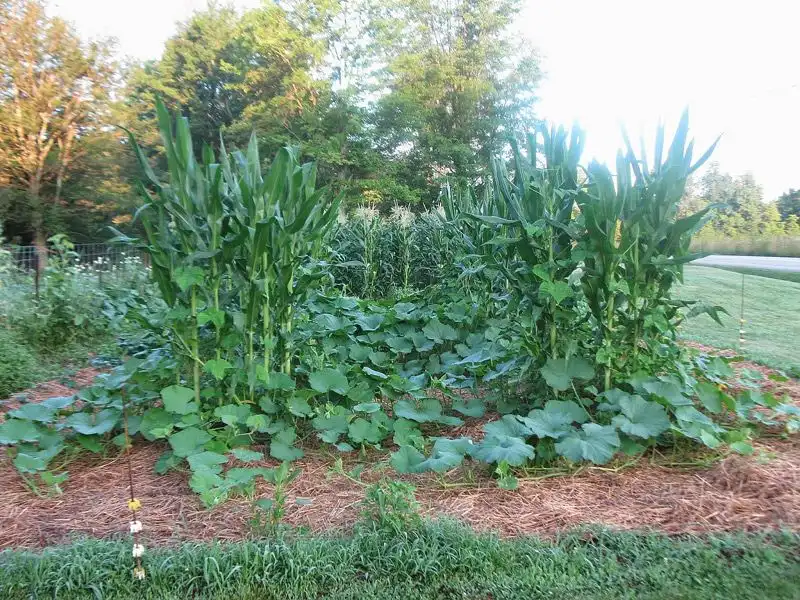
The Three Sisters planting method, involving corn, beans, and squash, is heralded for its historical success. Yet, it’s not suited for every region or garden. Soil type and climate can impact its effectiveness, highlighting the need for tailored planting techniques.
Pairing: Basil and Tomatoes
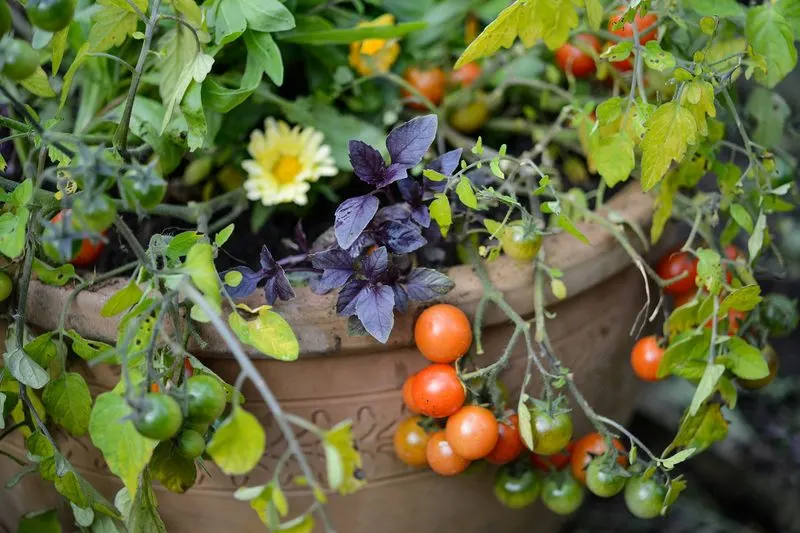
Basil and tomatoes are the dynamic duo of the garden world. The aromatic nature of basil can help deter pests that trouble tomato plants, while enhancing the flavor of the fruits. This pairing is both practical and delightful for gardeners.
Pairing: Carrots and Onions
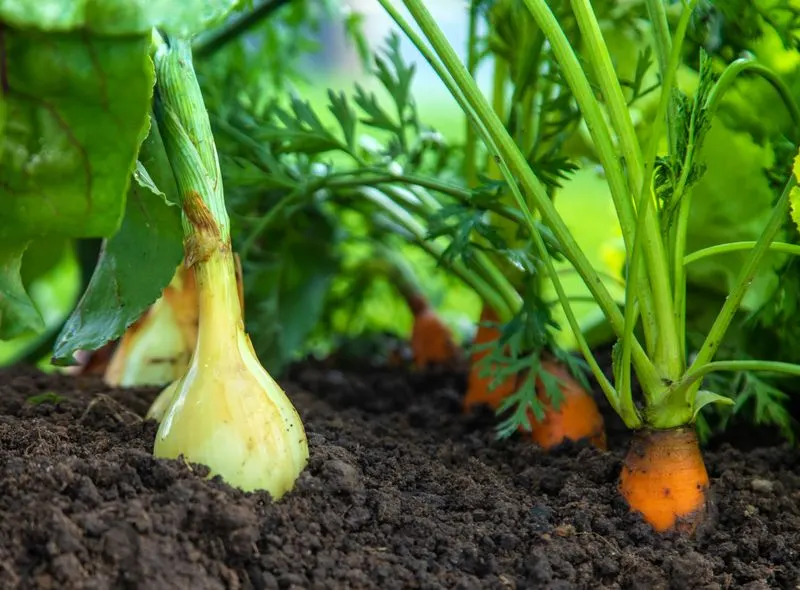
Carrots and onions, when planted together, work in harmony. The strong scent of onions acts as a deterrent to carrot flies, protecting the delicate roots. This symbiotic relationship showcases how thoughtful pairing can lead to a healthier garden.
Myth: Roses and Garlic will Thrive
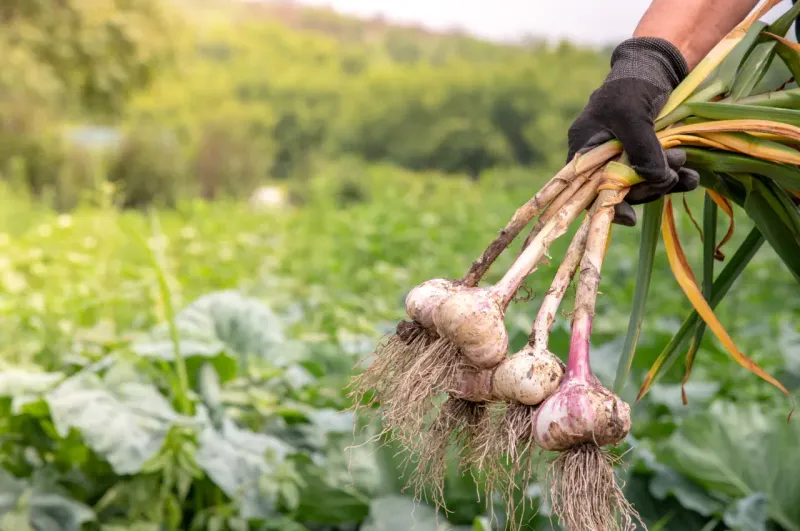
Many believe that planting garlic with roses will guarantee thriving plants. While garlic may deter some pests, it may not suit all rose varieties due to differing soil and sunlight needs. It’s a combination worth trying but not universally effective.
Pairing: Corn and Beans
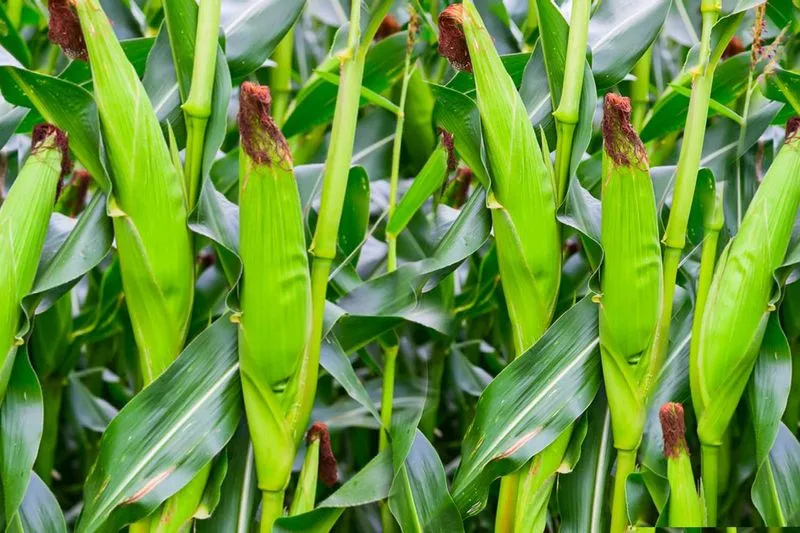
Corn and beans complement each other wonderfully in the garden. Beans provide natural nitrogen fixation, enhancing soil fertility for corn. Meanwhile, the corn stalks offer support for climbing bean vines, reflecting a beautiful example of companionship.
Myth: Mint is a Universal Pest Repellent
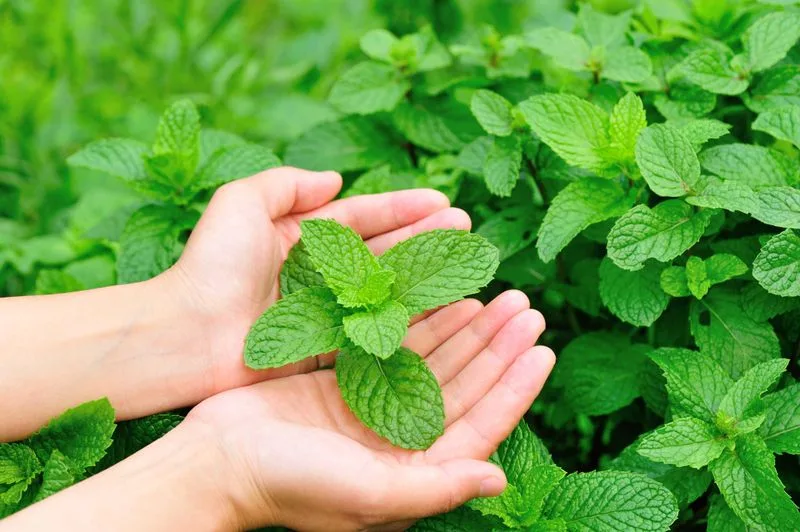
Mint is praised for its robust scent and pest-repelling properties. However, it doesn’t deter all insects. Its invasive nature can also be problematic, as mint spreads rapidly and can overpower other plants if not carefully managed.
Pairing: Spinach and Radishes
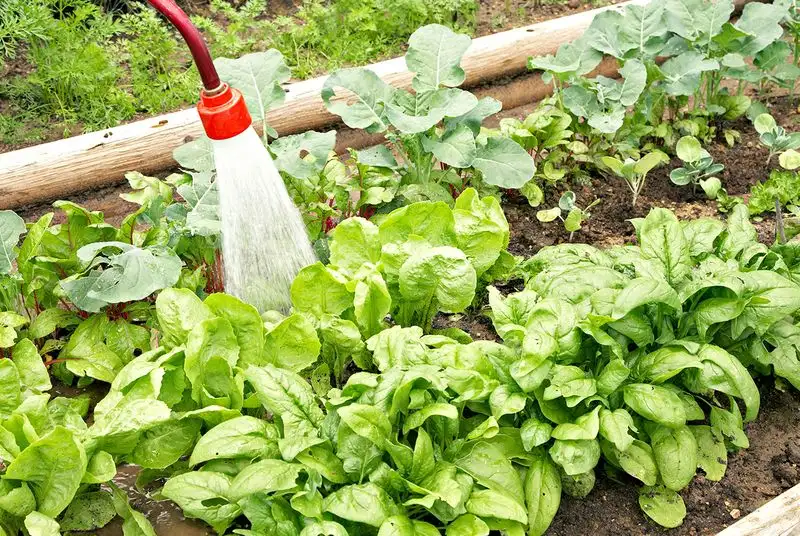
Spinach and radishes make a lovely garden pair. The quick-growing radishes can act as a shade provider for tender spinach leaves, creating a microclimate that encourages growth. It’s a pairing that emphasizes the importance of timing in planting.
Pairing: Peppers and Eggplant
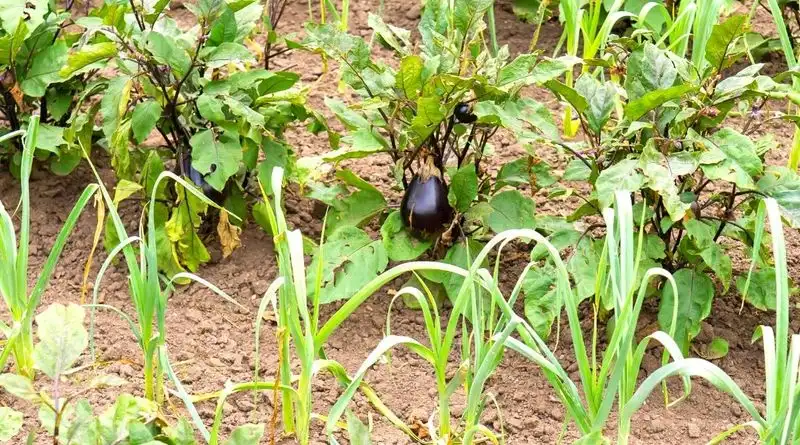
Peppers and eggplants share similar growing conditions, making them ideal partners. Their compatibility goes beyond soil and sun needs, as they can also collectively deter certain pests when combined, leading to bountiful harvests.
Myth: Lavender Protects All Plants
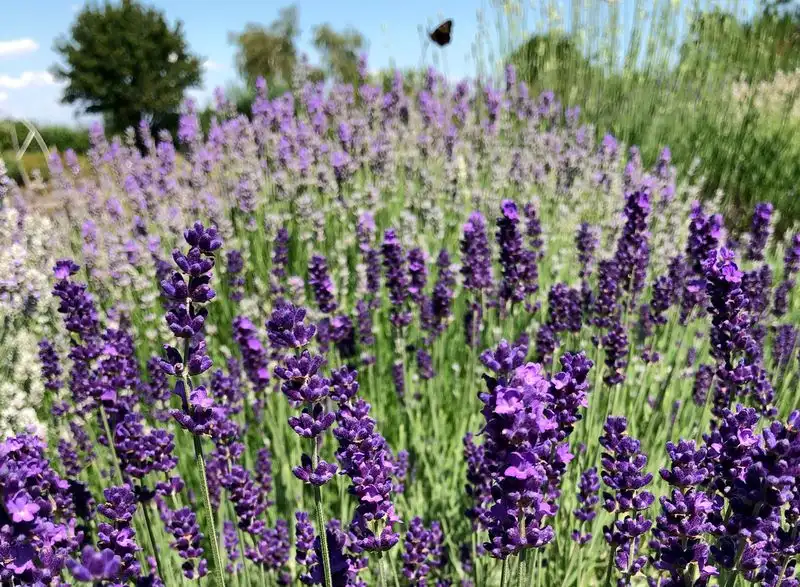
Lavender’s fragrant appeal is believed to protect all plants from pests. While it does deter some, it doesn’t universally shield every plant. Its compatibility with neighboring plants should be considered to ensure a thriving garden environment.
Pairing: Cucumbers and Nasturtiums
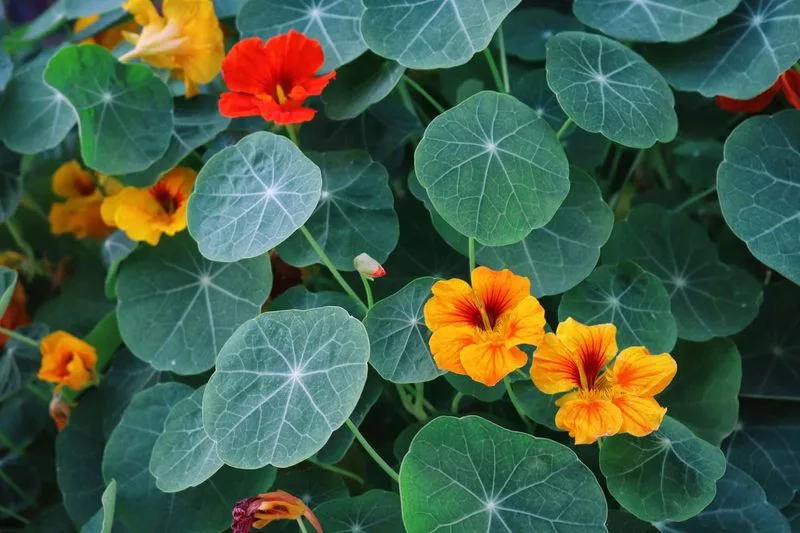
Cucumbers and nasturtiums form a beneficial partnership. Nasturtiums act as a trap crop for aphids, drawing them away from cucumber plants. This natural pest management technique is both effective and visually appealing in the garden.
Myth: Peppers and Fennel are Friends
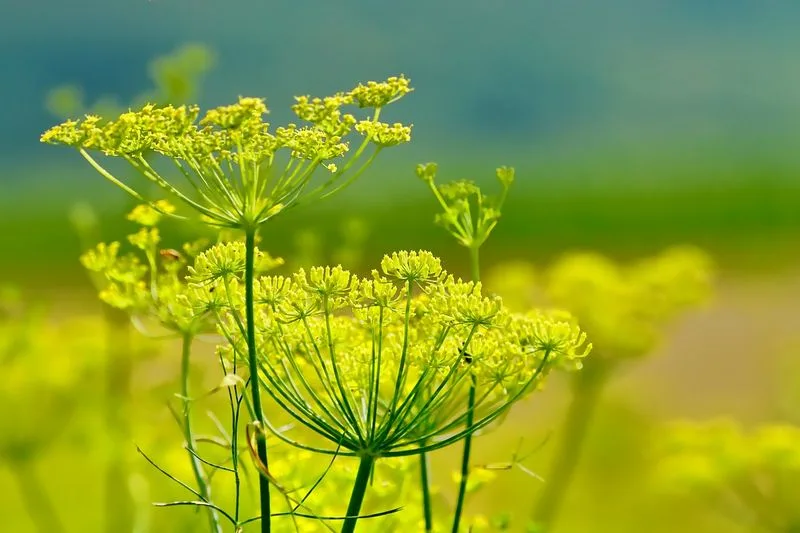
A common misconception is that peppers and fennel grow well together. In reality, fennel can inhibit the growth of peppers and other plants. Recognizing incompatible pairings is crucial for a successful garden.
Pairing: Lettuce and Carrots
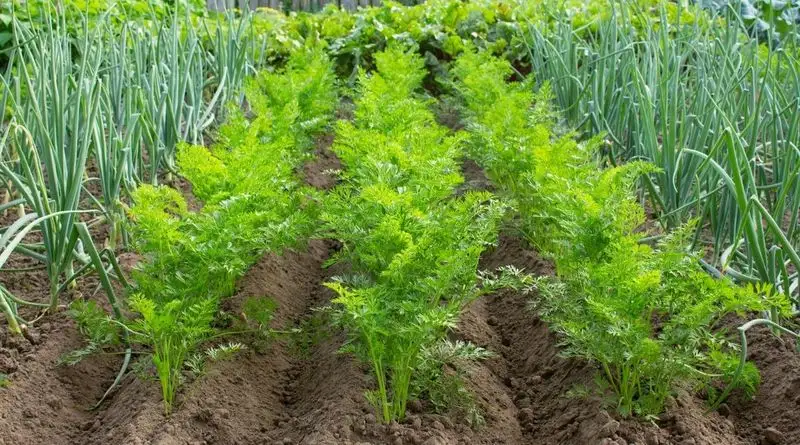
Lettuce and carrots share a harmonious relationship in the garden. Lettuce provides shade for carrot roots, keeping them cool and moist. This pairing not only maximizes space but also enhances the growing conditions for both plants.
Myth: All Herbs are Companion Plants
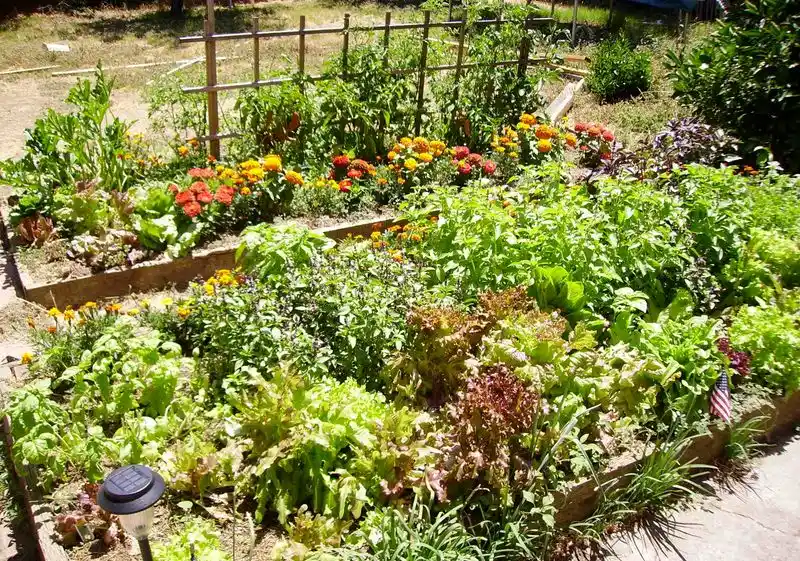
Not all herbs are naturally compatible with other plants. While some, like basil and oregano, offer benefits when paired with vegetables, others may compete for resources. Understanding each herb’s characteristics ensures effective companion planting.
Pairing: Peas and Radishes
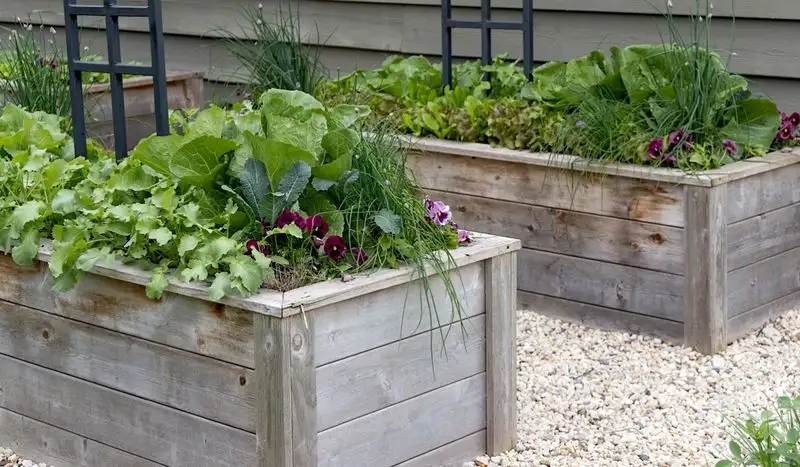
Peas and radishes benefit from each other’s presence. Radishes loosen the soil, creating an ideal environment for pea roots to grow. This collaboration showcases nature’s ingenuity, offering a smart solution for efficient gardening.
Pairing: Squash and Nasturtiums
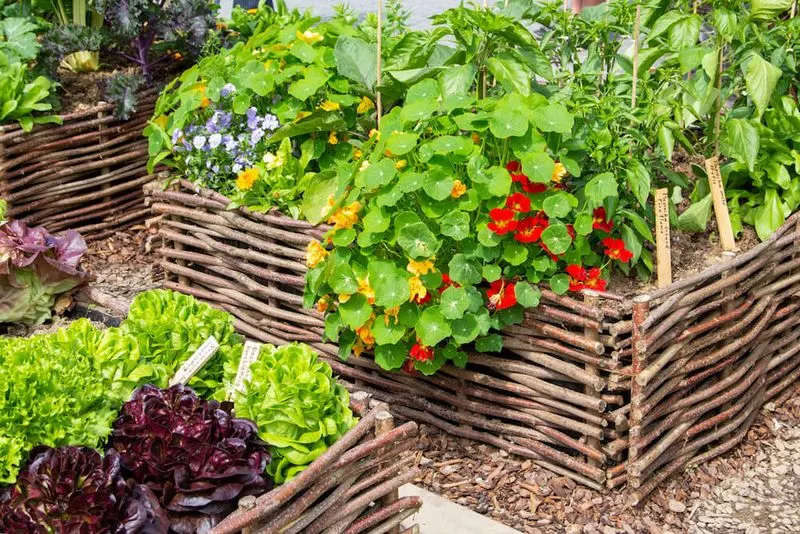
The combination of squash and nasturtiums is a gardener’s delight. Nasturtiums attract beneficial insects that help pollinate squash flowers, while also serving as a pest deterrent. This vibrant pairing is as practical as it is beautiful.

